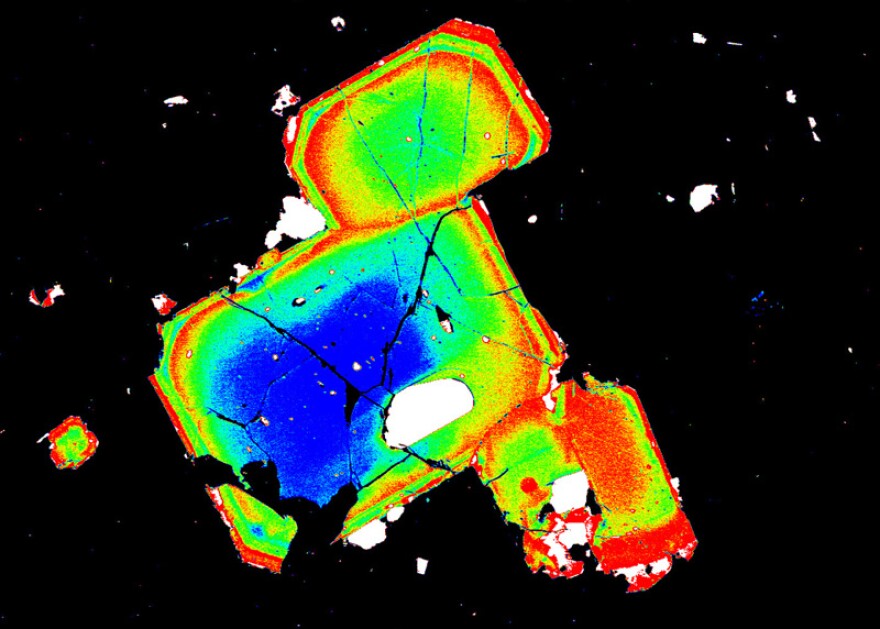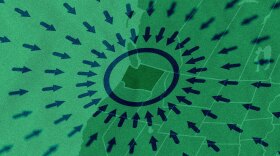If you’re wondering when Mount St. Helens is due to erupt again, so are a lot of scientists, and they’re finding new ways to forecast when eruptions are likely.
The latest idea uses crystals that form deep beneath the surface.
Geologists keep a close eye on Mount St. Helens, along with all the other volcanoes in the Cascade chain. They’re watching for tiny earth tremors, bulges in the surface, and gases coming out of cracks.
“We have a rather extensive network of GPS sensors around the Cascade volcanoes. We’ve got an extensive network of sophisticated seismometers that do a good job of identifying the depth and location of earthquakes,” says Carl Thornber, a rock and magma scientist at the Cascade Volcano Observatory in Vancouver, Wash.
From 'best guess' to more certainty
But which tremors or gases signal an eruption, and which don’t? A new study, in the journal Science, gives a bit more certainty to these methods.
Scientists from Bristol University in the U.K. figured out that crystals, which get created in burning hot magma, form different rings or lines depending on how close the volcano is to erupting.
We can’t gather the crystals before an eruption, because they’re still in the magma, deep underground. But the researchers took crystals from the 1980 Mount St. Helens eruption and used them like fingerprints to identify the patterns of tiny earthquakes or surface bulges that indicate the magma is moving and getting ready to spew out.
They say tremors can be identified more than a year in advance.
“Our work suggests that with currently monitoring techniques (better earthquake detection and things like satellite views of how the surface of the volcano deforms), we should have at least a year's warning about the next eruption,” wrote co-author Kathy Cashman in an email. She chairs the geology department at the University of Oregon, but is on a three-year leave in the U.K.
Currently, Mount St. Helens is calm and quiet. The last eruption ended in January 2008.
And, here's that eruption up close and personal:
http://www.youtube.com/watch?v=bgRnVhbfIKQ
Wonder how a crystal forms?
http://www.youtube.com/watch?v=rQB4Hwi4O-M







